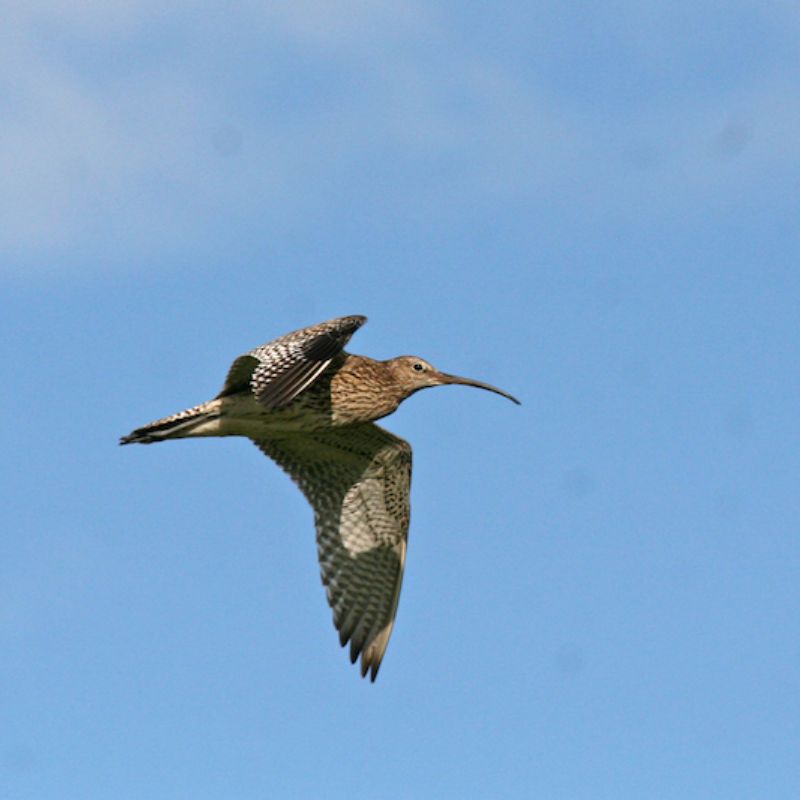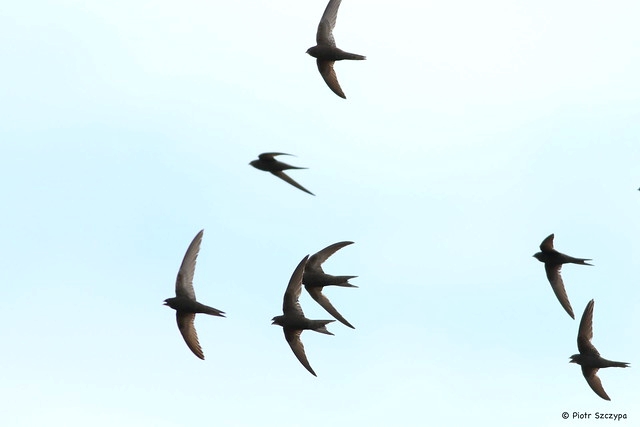Bird Survey
Lapwing and Curlew have both suffered a massive contraction in range and population decline in the last 20 years or so, nationally and locally. Curlew has been described as the UK’s highest bird conservation priority, as we have an estimated 28% of the European breeding population, and 19 – 27% of the world population.
A bird survey has been carried out in the Rea Valley Community Wildlife Group (RVCWG) area, since 2014. It complements surveys carried out by the Upper Onny Wildlife Group since 2004, and the Camlad Valley Community Wildlife Group, also initiated in 2014. It is intended to repeat the survey annually, to monitor long-term population trends for key species, as well as establish the current population and distribution.
The Group covers a total area of about 101 square kilometres, between Stapeley Hill to Brockton in the west, across through Minsterley and Pontesbury to Plealey, south to Cothecott Hill and then westwards over the Stiperstones and Hope Valley. The area has been divided up into 26 tetrads (2×2 kilometre squares, each made up of four of the one-kilometre squares shown on Ordnance Survey maps).
Volunteer surveyors are recruited for each of the squares, and are asked to make three visits, around 1 April, 1 May and mid-June, at times convenient to them, with visits concentrating on habitats where the species might be found, and lasting around three hours each. The surveys are conducted from Public Rights of Way, unless individual surveyors obtain landowners permission to leave them. Survey maps and recording instructions are supplied. Usually practical fieldwork training meetings are held for thosevolunteers that require one.
The aim is to locate the territories of breeding pairs, and record behaviour, to estimate the population. Although the survey concentrated on the two main target species, and their habitats, surveyors are asked to also record on their maps any of 20 other target species seen. It is intended to repeat the survey every year for the foreseeable future, to monitor population trends, productivity, and habitats used locally.
The yearly reports to date can be viewed or downloaded HERE.
Plans for 2023
We need more helpers for our bird survey this year, please. If you can recognise Lapwing and Curlew (and preferably their calls), you can make an important contribution. There is a meeting on 21st March, 7.30pm Minsterley Parish Hall. Read full details HERE.
Also an opportunity to survey Red Grouse. Details HERE.
If you’re interested in helping, or want more information, email Leo Smith (leo@leosmith.org.uk)

Swifts Need You!
Although the swift is a fairly common summer visitor to the UK, it is a rapidly declining breeding species and is now on the Shropshire Red List.
We would like to establish where swifts are breeding in the RVCWG catchment area area, so we are asking you all to look out for the presence of these birds, particularly if you know of a nest site or where there are parties of low flying screaming swifts close to buildings. The breeding birds are the first to return and they are joined later by waves of immature birds, as first breeding is not until they are at least 2 years old.
Taller buildings with a clear flight path are preferred and although older houses are typically used, some older industrial buildings and churches do offer suitable accommodation for breeding Swifts. A good source of aerial plankton is also needed to sustain the birds and their chicks, so the space over wildlife friendly gardens and river courses as well as arable fields can provide food for these birds. We are most interested in breeding swifts, so close attention to low flying screaming parties is necessary as they can indicate the proximity of nest sites. Also, you need to be aware that adults are very adept at flying straight into the nest entrance hole.
Surveying in the hour before sunset during June and July is usually most productive, although when chicks are being fed, anytime of day can bear results.
If you are interested in helping with the Swift Survey please download a Survey Form and you can find some instructions HERE.
Please email completed forms to reavalleycwg@gmail.com
